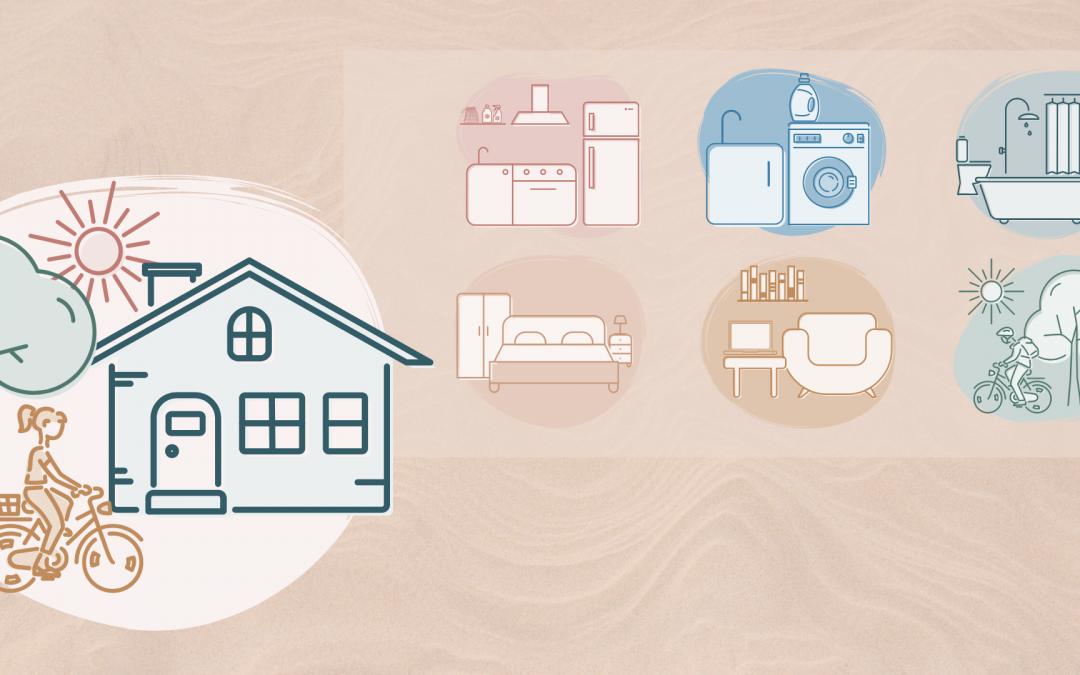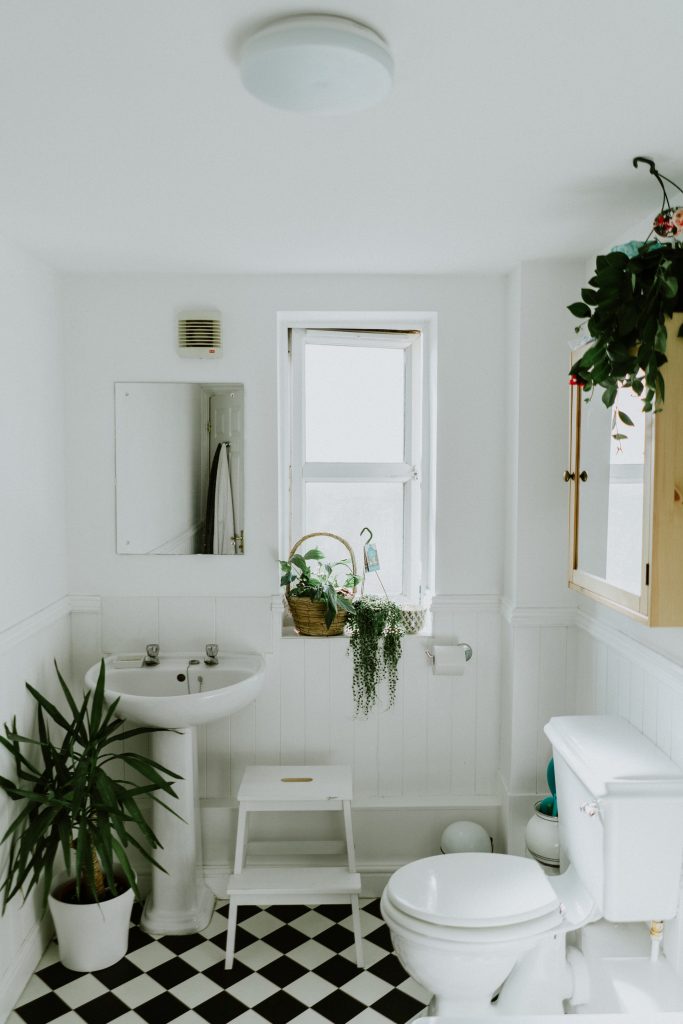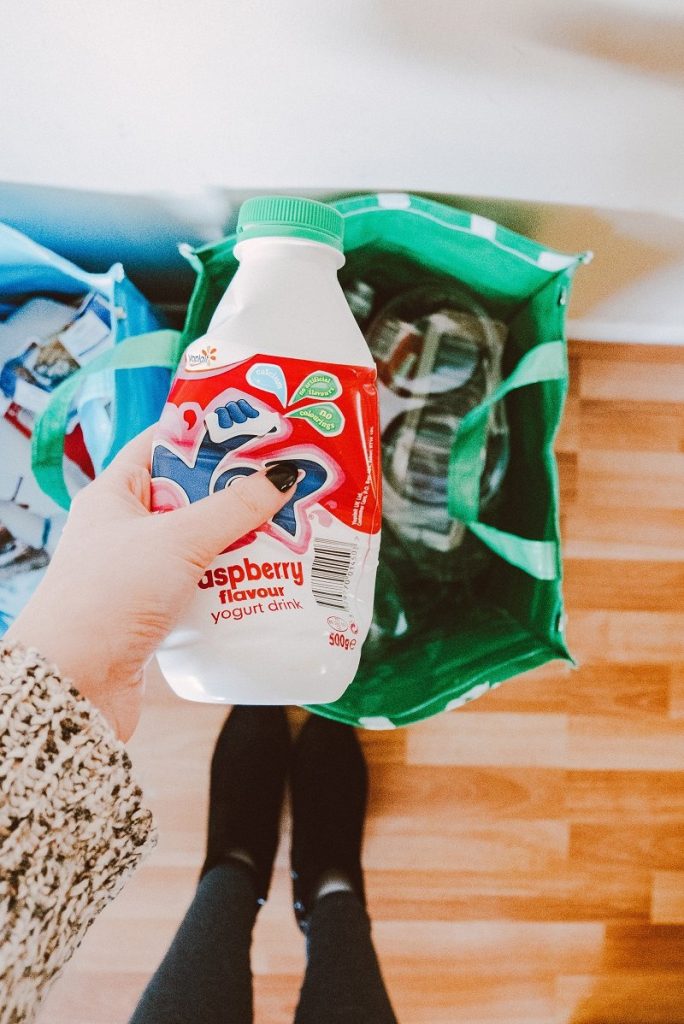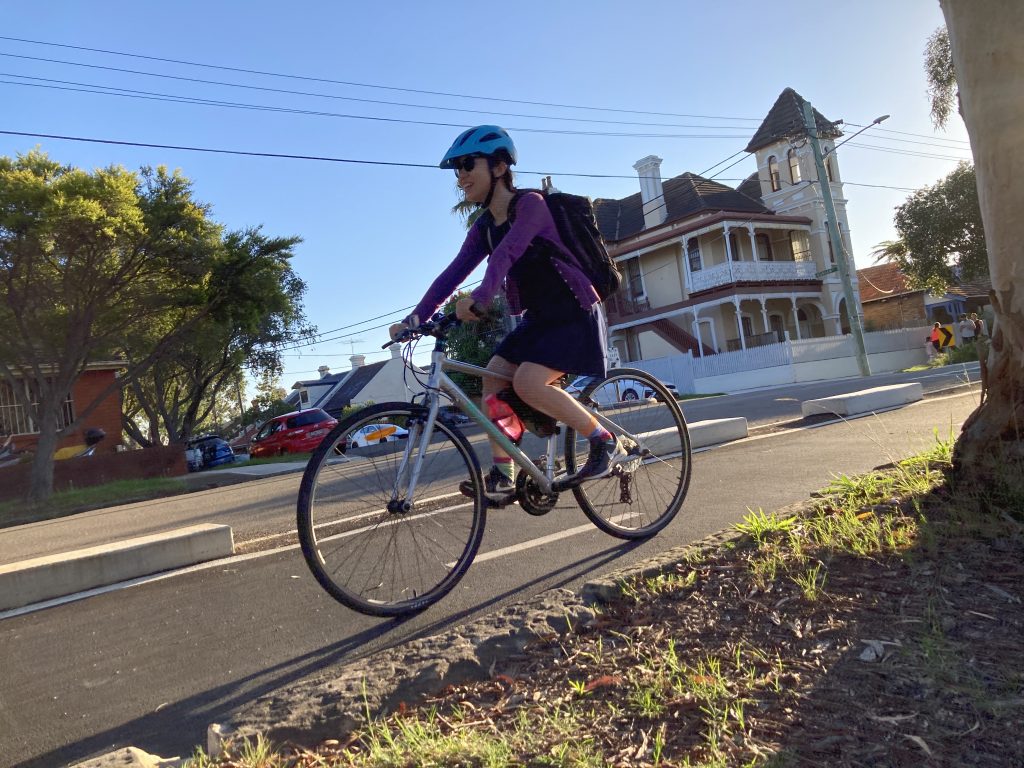More and more people are looking at their personal sustainability, and there has never been a more crucial time to do so. With most of us having spent a bit more time at home over the past 18 months, it is fair to say there has been a welcome increase in consciousness around our environmental (aka carbon or ecological) footprint from our everyday actions, and the power we have to reduce this. Though there is much work to be done and we’ll be the first to admit it’s not always straight foward or easy, with the right tools, resources and facilities, it’s never too late to start living more sustainably and regeneratively, particularly in our homes.
The home has proven to be a very accessible place to make lasting changes to our habits and choices, starting with small daily actions permeating into all corners of our lives. There are so many crucial reasons to reduce our footprint- one being that you can be reassured that how you live your life is not contributing to broader environmental issues. A recent survey in Australia found that global warming is the number one biggest social or environmental concern, and with ⅓ of the world’s food wasted every year, 8 million tonnes of plastic entering our oceans and consumption in recent years at an all-time high, the perks of living less intensively have never been clearer. Thankfully, along with our neighbours and community, looking at our own habits, choices and consumption can directly address this problem and the many other issues associated with it.
There are economic benefits as well. Ultimately, living sustainably and regeneratively means following the principles of reducing, reusing, repairing and recycling, so you will be using less resources and spending less, and building great habits for money saving and efficiency at the same time.
Making simple shifts is easier when you have the right information. To get you started, here is one action for each room of the home:
- Bedroom: Commit to buying no more than one clothing item a month (if at all), and only second hand. Make your wardrobe work for you.
- Lounge/Study: Collect and recycle your used electronic items through community recycling centres
- Kitchen: Reduce waste by cooking at home rather than buying take away
- Bathroom: Ditch your shampoo and conditioner bottles for soap bars
- Laundry: Washing with cold water as much as possible
- Outdoors: Swap driving for cycling or walking where possible.
If one thing is for sure, it’s that these tweaks and changes are well worth the lifestyle shift you will see as you start to address your footprint. If everyone did a few small things, this would amount to an enormous impact in reducing emissions. Whatever you do, don’t let your good intentions and motivation go to waste, and remember the collective power of the simple gestures you can make.
To find out more, join our workshop, Our Sustainable Home: Room by Room on Wednesday 26 May for a detailed look at each room of our homes and the simple ways we can reduce our footprint, one room at a time.
Text and banner design by guest author Madeleine Hill.
Madeleine is the founder of Our Simple Gestures, an online platform that helps people minimise their impact on the planet by making more informed choices in their daily lives.
Our Simple Gestures believe that small shifts in our behaviour can make a big impact on our planet. That’s why the platform is inviting the community to start from the home with everyday actions anyone can adopt. Our Simple Gestures shares the information to educate and the tips to turn knowledge into action. The website provides tools, tips and resources for personal sustainability, enabling individuals to search by category of room in the home as well as by difficulty level, ultimately helping people make a greater positive impact to address environmental issues.
Contact: Website







